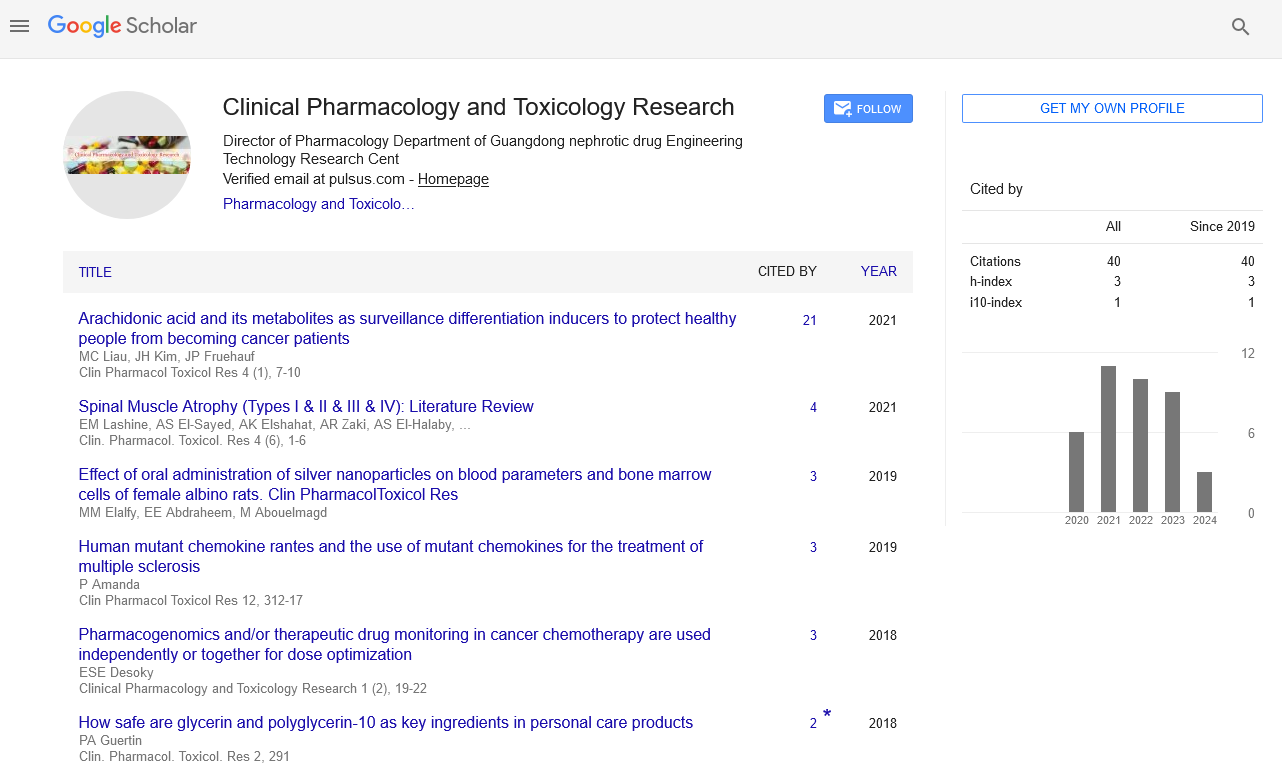
Sign up for email alert when new content gets added: Sign up
Abstract
Comparable CNS mechanisms for locomotor rhythm generation and selfconsciousness expression
Author(s): Pierre A. Guertin*Locomotor rhythm generation depends upon transmembrane voltage oscillations, NMDA ionophores and 5-HT receptors in the spinal cord. A clear demonstration of such a command center for locomotion in the lumbosacral area of the spinal cord has generally been attributed to Sten Grillner. He elegantly showed that spinal cord-transected (Tx) cats, after decerebration, can still express locomotor-like activity monitored from hindlimb nerves [1]. Although its functional organization remains incompletely understood, one of the first models has described the spinal locomotor CPG as two half-centers (flexor and extensor) reciprocally inhibiting each other rhythmically. The mutual inhibitory interactions, ensured by inhibitory neurons, would enable only one half-center to be active at a given time. The activity of the active half-center would gradually reduce due to some fatigue, allowing an activation of the antagonistic half-center which, in turn, would then inhibit the active halfcenter, hence switching the locomotor phase from flexion to extension and vice versa [1]. Those half-centers were found to depend upon neuromodulation and neurotransmitters for normal activity.
Full-Text | PDF




